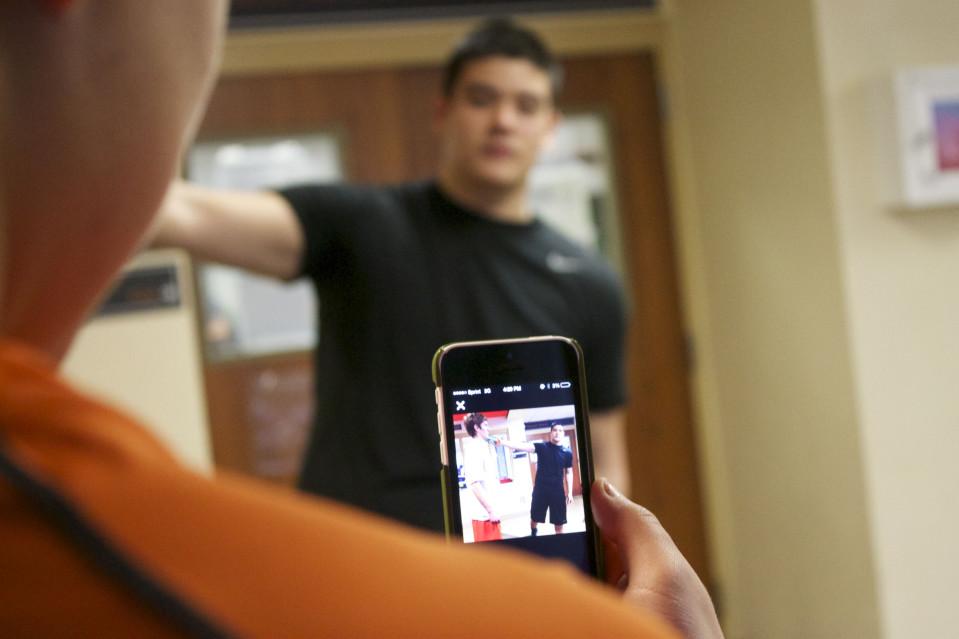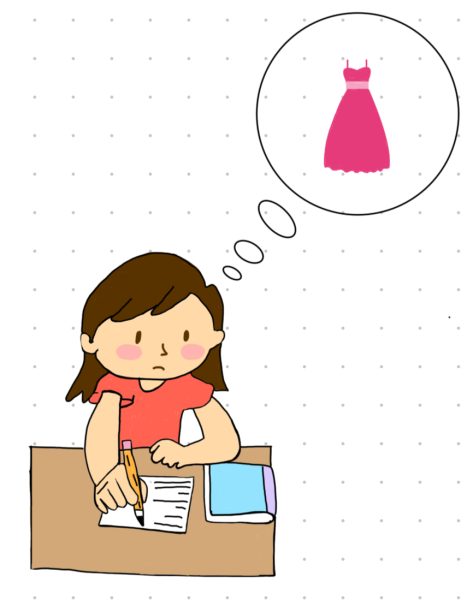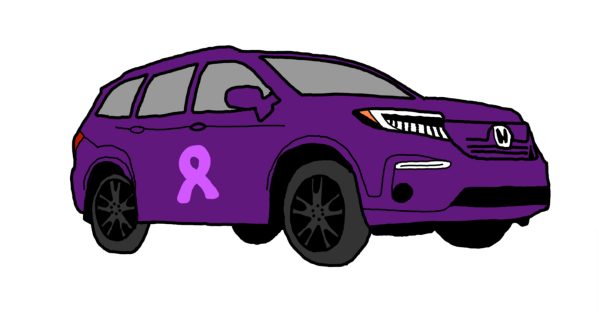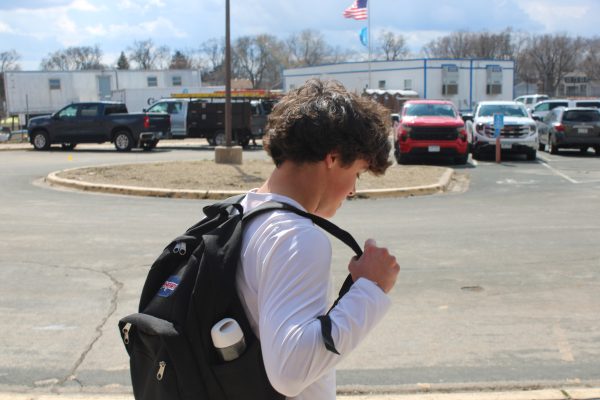Worth the punch?
Reckless teenage behavior gains popularity in social video apps
January 16, 2014
Because of the increasing popularity of apps such as Vine, it is much easier for the youth generation to see displays of violence.
Social media is a way for teens to express themselves and show the world what is important to them, according to Dr. Shayla Thiel-Stern, professor at the University of Minnesota and expert on how teens use the internet for their social lives and social identity.
“With social media, (teens) can choose what they want to put to the world,” Thiel-Stern said. “They look at what they see on their social media and they compare their own lives. They also do it without getting the whole context of someone else’s life.”
She also said it is unfortunate teens use these means to show negative and violent content for attention through popular pranks like “smack cam,” where an unsuspecting victim is slapped by a friend or the “knockout game,” where violent teens try to knock a random passerby unconscious with just one punch.
Freshman Vince Callahan, frequent user of Vine, said although he rarely sees videos of extreme violence, he often sees videos of “smack cam” and other pranks.
“I check Vine at least every other day, and I’ve seen people jump over cars and do ‘smack cam,’” Callahan said. “If someone’s pulling a prank on someone, it’s funny to see their reaction.”
Callahan said he also wondered why someone would put a video of them participating in reckless behavior on a social media site.
“I’ve seen some, and I don’t know why they would do that,” Callahan said. “I don’t know why they would put it on the internet for everyone to see.”
Freshman Ethan Brown, a “smack cam” victim, said how he felt after the prank.
“We were chilling, and out of nowhere (a friend) came up and smacked me with Dijon mustard,” Brown said. “It didn’t hurt, and I wasn’t mad. I was more confused on why I had mustard on my face.”
Thiel-Stern said it is now much easier to show negative content through social media.
“The opposition has always been there, but social media can amplify it and publicize it. Now everyone can see it,” she said.
Attorney Jane Kirtley, a professor of media ethics at the University of Minnesota School of Journalism, said she stresses the severity of posting videos of reckless and dangerous behavior to the public.
“There is liability under criminal law no matter where they post it and under (what) circumstances,” Kirtley said. “If people think they are immune to that, they are kidding themselves.”
Health teacher Amy Berchem said she thinks the accessibility to these videos are, in part, what makes them so popular.
“It’s accessible, and it’s something easy to look for it in their hand or pocket. The value of the app in the short amount of time it’s been out is because of the users,” Berchem said.
Moreover, junior Sophia Noreen said she thinks the people who post these types of videos do it for the attention they receive.
“Some people do it with a hope deep down to become ‘Vine famous’ or get a lot of likes or revines,” Noreen said.
Sophomore Neda Salamzadeh said she thinks it’s human nature to find these violent acts funny.
“As people we like to laugh at other people getting hurt,” she said. “Teenagers are accustomed to it, because we have grown up feeling it everywhere, like in movies.”
Additionally, junior Ashley Neitzel said she believes that it is normal for people to find this kind of entertainment fun.
“It has evolved from over the years. We used to have the Colosseum and bull fighting. We also have wrestling now,” she said.
Thiel-Stern said there is a pattern among teenagers where they copy what the habits and actions of one another, and she said this is why these videos are gaining so much popularity.
“There is an element of copy cat happening among teens,” she said. “It’s a way of getting attention; it’s negative attention, but it’s effective. They’re trying something out. And it works.”
However, within the past few months, the severity of impact these videos may be aggrandized by major news corporations.
Popular news sites including Today, New York Times and CNN have assessed these videos’ relation to popular culture as a whole, particularly the “knockout game.”
For example, in November 2013, CNN wrote, “A sick so-called game known as ‘knockout’ … is catching the attention of law enforcement throughout the nation.”
Likewise, the following day the Today Show reported “the ‘knockout game’: teenagers knocking people out for the fun of it. They even target women and children. Cases are piling up, and police are on high alert.”
Thiel-Stern said she think this issue is getting blown out of proportion by the media.
“This is a case a mass-media, over-cultural panic,” Thiel-Stern said. “These videos are of a small number of people who are getting a lot of attention.”
Thiel-Stern also said blaming the youth is a recurring instance throughout history.
“It’s a common theme that each generation is obsessed with violence and sex. The fact that it keeps happening over and over again proves that it isn’t real,” she said. “It makes a good news story that the new generation is a problem.”















